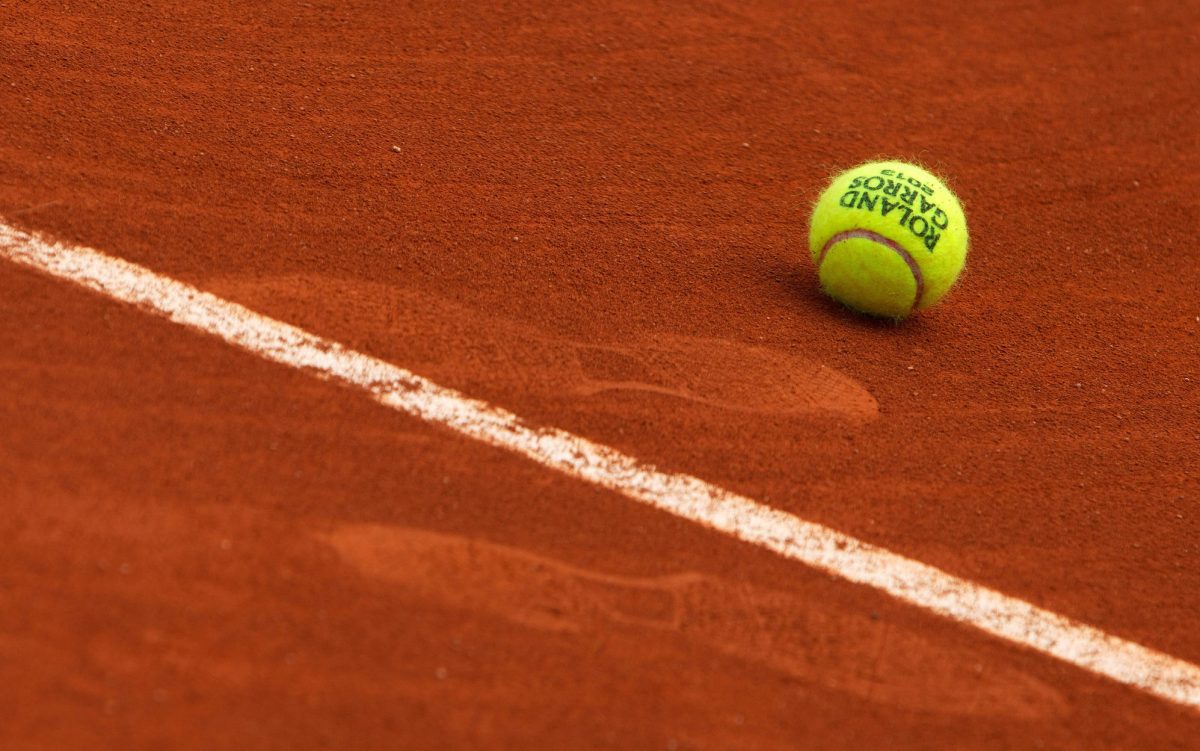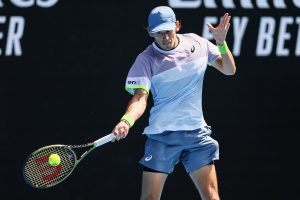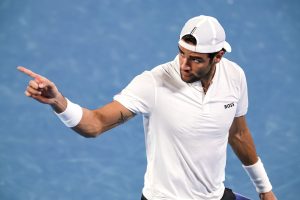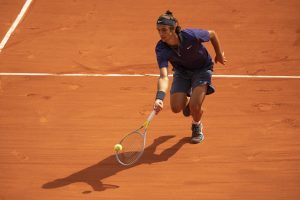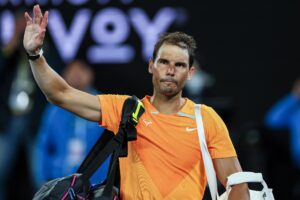In early June 1997, Hanson defeated reigning champions Eternal to top the UK charts, Tony Blair defeated John Major to depose him as UK Prime Minister, and IBM’s Deep Blue defeated Garry Kasparov in the last game of its infamous rematch. Meanwhile, on the rain-soaked clay courts of Paris’ 16th arrondissement, Belgian Filip Dewulf ended the interest of Sweden’s Magnus Norman to advance to the French Open semi-finals. Whereas the other victories were – to varying degrees – expected, the latter was somewhat more surprising, given that the qualifier had administered such a comfortable four-set pasting!
1997 French Open Makes History
Tennis enthusiasts must have been trawling their brains to recall the last time such an event took place – only twice in Grand Slam history – though the feat would be repeated by Belarusian Vladimir Voltchkov at Wimbledon three years later and again by Russia’s Aslan Karatsev in 2021 (a slam debutant), yet remains extremely rare. Dewulf perhaps served some notice in October of ’95, as he emerged victorious against homeboy Thomas Muster at the Vienna Indoors final to seize his first tour trophy; only Albert Costa also got the better of the Austrian in a final that year – a year in which Muster ensured his prominence in the clay firmament by collecting a dozen titles and 86 match wins, both of which remained records for a decade.
Dewulf, a player whose only previous participation at the French was a tame first-round exit to Jonas Björkman in ’96, saw off Pescosolido, Buscaglione and Chauvin in qualifying, as well as a pair of fellow qualifiers, Caratti and Portas – both were arguably mid-range clay court players at that time, with the former’s best form coming on hard courts earlier in the decade and the latter four years away from his pinnacle, winning Hamburg in 2001. Nonetheless, those who cast their minds back to the second half of the 1990s will recall Meligeni and Corretja as two of the leading clay court players; both were eliminated by our man, the latter by a fairly substantial margin.
Kuerten’s French Open Breakthrough
Alas, Dewulf’s dream was dismantled in the semi-finals by, fittingly, another relative unknown: Gustavo Kuerten. The 20-year-old Brazilian, ranked 66th and playing only his second Roland Garros, swept past Bruguera in the final – his first at any level – to send the crowd into Parisian paroxysms of delight. ‘Guga’ was only beginning to demonstrate the rich talent that established him as Brazil’s most successful tennis export; he went on to claim all of clay’s most glittering prizes, adding two further French Opens (2000 and 2001) and the surface’s three Masters events to his list of conquests.
Even if operating successfully outside the clay domain was beyond him – more wins at Roland Garros than the other three slams combined – he attained unrivaled excellence during this time (including a 26-match winning run on clay), in the more unpredictable and competitive days before Rafa ruled with scarcely an interruption (there were nine different French Open champions in 1994-2004).
Meanwhile, though his titles went into the plural at Kitzbühel in the summer of ’97, and another Roland run – this time to the quarters – was to follow a year later, fate had disappointment in store for our Fil. He never fully recovered from an injury sustained in the early ’99s, and his form on return receded to the extent that he could not win a single Challenger contest or qualify for the French in 2000. The following year, he retired at 28, having fallen far from the heights he had fugaciously occupied.
Still, in the the-millennium epoch, when Belgian ATP careers ranged from the unsung (Wuyts, Van Herck, Norman) to the barely existent (Daufresne, Van Garsse, Willems), Dewulf’s dumbfounding deeds took headline-commanding status and are surely worth a place in any Roland Garros hall of fame.
Main Photo Credit: Matthias Hauer/GEPA via USA TODAY Sports


